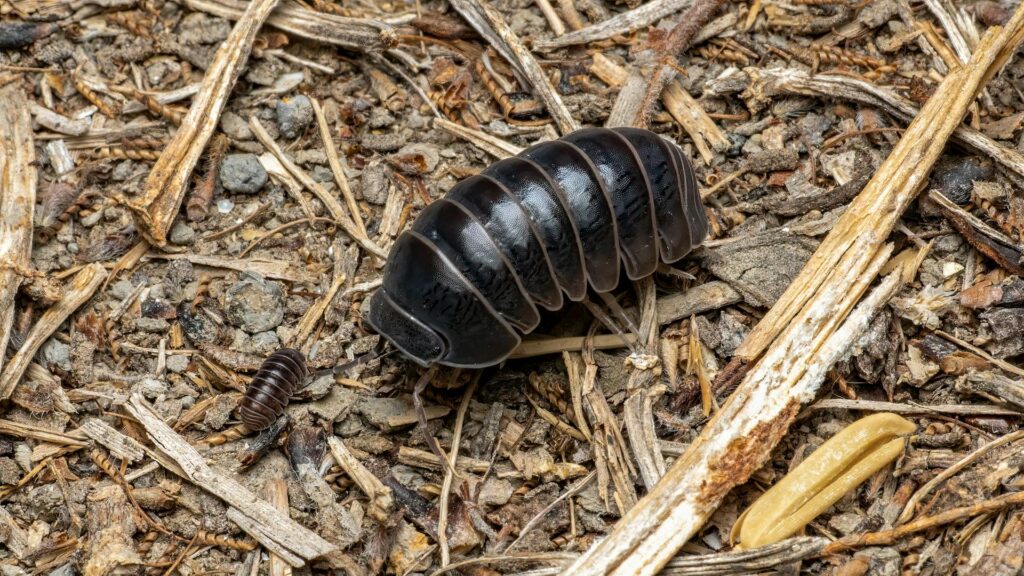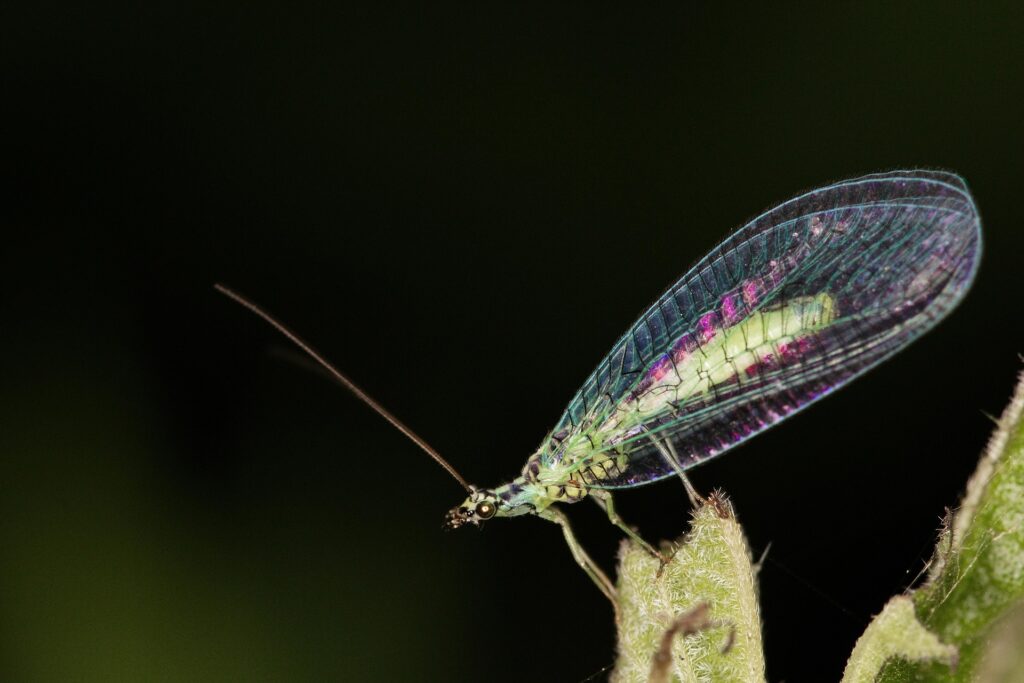Insects are among the most diverse and adaptable creatures on Earth, and understanding how insects breathe reveals a great deal about their biology and survival. Unlike mammals, they do not rely on lungs to deliver oxygen to tissues. Instead, they use a specialized system built for efficiency at their scale, shaped by millions of years of evolution.
Insect Anatomy and the Absence of Lungs
In the context of insect anatomy, one key difference from vertebrates is the absence of a centralized respiratory organ like lungs. Their bodies are covered in a rigid exoskeleton, which protects them but also limits how gases can move through the body. To solve this, insects have evolved a direct delivery system that bypasses the need for blood to carry oxygen.
Instead of inhaling air into a single chamber, insects rely on external openings called spiracles. These spiracles are typically located along the sides of the thorax and abdomen. Each spiracle connects to a network of tubes called the tracheal system. This network extends throughout the insect’s body, delivering oxygen directly to tissues and cells.
The Bugs’ Respiratory System: Spiracles and Tracheae
The bugs’ respiratory system operates on simple yet effective principles. Spiracles act like valves. They open to let in oxygen-rich air and close to prevent water loss. Inside the body, the spiracles lead to tracheae—hollow tubes lined with a thin, flexible cuticle. These tubes branch into smaller tracheoles that reach almost every cell.
The process is driven mainly by diffusion. Because oxygen moves from areas of higher concentration to lower concentration, it naturally travels from the air outside into the tracheal tubes and finally into the cells. Larger, more active insects, such as dragonflies or grasshoppers, can enhance this process by rhythmically moving their abdomen to pump air through their tracheal system.
This decentralised design allows insects to deliver oxygen directly to where it is needed, without relying on a circulatory system to transport gases. This is one reason insects can be so efficient in oxygen use despite their small size.
Why This System Works for Small Bodies
For small organisms like insects, the tracheal system is perfectly suited to their needs. The distance from the spiracle to any cell is short, making diffusion fast enough to meet metabolic demands. This system also supports bursts of high activity.
However, this system does have limitations. Diffusion becomes less efficient over longer distances, which is why insects are generally small. In prehistoric times, when atmospheric oxygen levels were higher, larger insect species existed because oxygen could travel farther through the tracheal tubes.
Impact on Survival and Behavior
The respiratory system of insects influences how they live and behave. Because spiracles are also points where water can escape, many insects keep them closed for long periods to reduce water loss. This is especially important in dry environments. Some species can survive with minimal oxygen for extended times by lowering their metabolic rate.
Additionally, the location of the spiracles can make certain species more or less vulnerable to environmental hazards. For example, aquatic insects often have adaptations that let them access air while submerged, such as breathing tubes or the ability to trap air bubbles against their bodies.
Examples in Nature
Insects across different environments show variations of this respiratory strategy. Terrestrial insects such as ants have small spiracles that limit water loss. Aquatic species like certain beetles carry air bubbles under their wing covers. High-energy flyers like moths and flies have highly developed tracheal systems that can move air more actively.
Even insects that live in soil, like termites, have spiracle placement and tracheal branching adapted for low-oxygen environments. These adaptations illustrate how critical the bugs’ respiratory system is to insect survival.
Why Understanding Insect Respiration Matters
Studying insect respiration offers insights into their limits, behaviours, and evolutionary history. It also helps scientists understand how environmental changes, such as temperature shifts or oxygen fluctuations, can affect insect populations. This knowledge supports research in ecology, agriculture, and climate science. It’s also integral for us to learn to deal with them in our everyday lives.
While insects lack lungs, their spiracle-tracheal system is an elegant solution that fits their size and ecological roles. It is efficient, adaptable, and central to their ability to survive in environments ranging from desert sand to tropical canopy.
Professional Pest Control for these Adaptive Intruders
If insects happen to be intruding on your home and family, Aptive is here to help. These highly adaptive critters can be extremely hard to really eliminate in the case of infestation. Contact us for professional pest control that can identify and manage unwanted infestations before they grow. Get a quote today and let our team help you take back your home and regain peace of mind.









